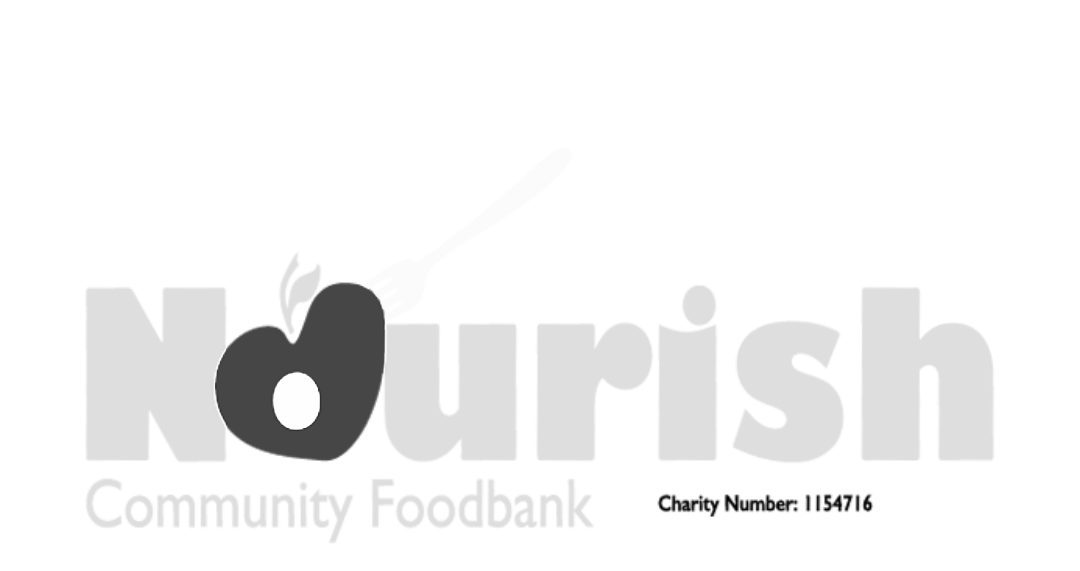The calm before the storm…?
So, with the deadline of the 31st January out of the way for self assessment returns, life in the accounting world changes from full steam ahead to calm sailing in warm tropical waters. We all breath a deep sigh of relief and enjoy cocktails on the deck while waiting for the next whirlwind of activity that is likely to fill our sails. And with the end of the payroll year becoming visible a whisp of wind already stirring up giving warning of the storm that may be approaching.
However, with PAYE being reported to the HMRC in real time from the 6th Apriil 2013 we no longer have to grapple with forms P35 and P14. We have been told in no uncertain terms that they will be rejected if we do attempt to submit them! So what happens instead?
Well, at the end of the year you must make sure that you submit your final Full Payment Submission (FPS) and/or Employer Payment Summary (EPS) for the final pay period in that tax year. HM Revenue & Customs (HMRC) uses the information that you send to make sure that you and your employees have paid the right amounts of tax, National Insurance contributions (NICs) and student loan deductions for the tax year. The information is also used in the calculation of entitlement to state benefits, tax credits and pensions.
For most employers, this means you will send your final FPS on or before your last payday in the tax year, which ends on 5 April 2014. You must also indicate on your last FPS or EPS for the year that:
It is your ‘Final submission for the tax year’ and,
answer the end-of-year questions and declaration – you can find out more about these by following the link below to the section called ‘Final submission for the tax year and end of scheme information’ in the guide ‘What payroll information to report’
You must do this even if you have not made any deductions of PAYE tax or NICs from your employees in that pay period.
Simples! Although the use of the word “most” indicates that for some employers this two step year end process isn’t quite going to be enough. The HMRC bulletin continues on with further help and guidance for the year end requirements under RTI which I will save you the pleasure of disseminating in the bog. Suffice it to say that if you have any concerns regarding your payroll and the ability to meet HMRC year end requirements help is very much to hand here at M:Power Accounting.
Please contact us now to ensure that when the year end of the 5th April 2014 comes around your payroll is as water tight as an ocean going vessel and no HMRC storms are going to knock you off course towards the rocky shore.









